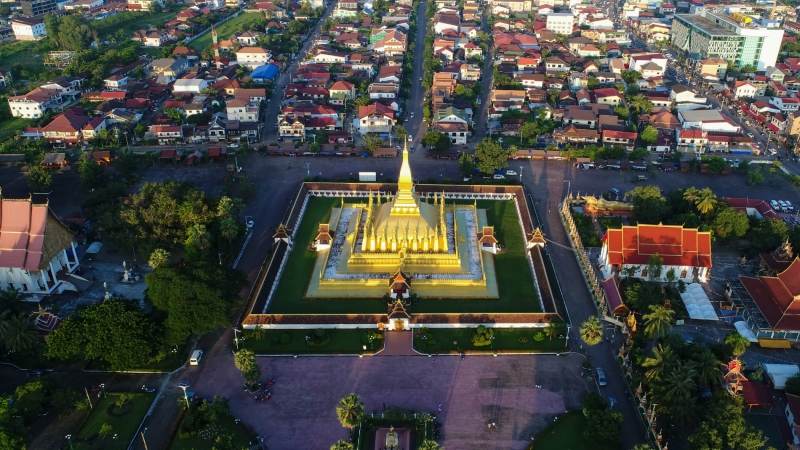The common visa initiative proposed by Thailand promises to give a strong boost to the Southeast Asian tourism industry, which already has great potential. In 2023, the six ASEAN countries including Cambodia, Malaysia, Myanmar, Laos, Thailand and Vietnam will welcome a total of 70 million international tourists, generating huge revenues. Of which, Thailand and Malaysia contribute more than 50% of the total revenue, showing the strong attraction of these two countries to international tourists.
The initiative aims to streamline visa regulations and create a single visa for the above countries. This is expected to attract more international tourists to Vietnam, especially from high-income markets such as Europe and North America. Thanks to the favorable visa policy, tourists from these remote regions can easily incorporate Vietnam into their Southeast Asian travel itineraries. The increase in international tourist arrivals will lead to a significant increase in tourism receipts, contributing to boosting the economy and improving Vietnam’s balance of payments.

The ASEAN Common Visa Initiative is a golden opportunity for Vietnam to promote tourism and economic development.
Compared to the successful Schengen model in Europe, the ASEAN common visa initiative promises similar benefits for the Southeast Asian region. Eliminating visa barriers will help increase connectivity and free movement between countries, boosting tourism and trade.
The Schengen Agreement was signed in 1985 on the ship named Princess Marie-Astrid anchored in the Mosel River at the junction of the borders of France, Germany, Luxembourg, next to the small town of Schengen in Luxembourg. The first five countries in the European Community, France, Belgium, the Netherlands, Luxembourg and West Germany, signed an agreement to abolish border controls between the five countries, allowing citizens of these countries to travel freely within the territory of the five countries, called the "Schengen area".
The Schengen Area was then formed in 1995, an area of 27 European countries implementing the European Union's "Area of Freedom, Security and Justice" policy.
Expecting that visas for 6 Southeast Asian countries will form a "new Schengen", TTW World Travel Magazine believes that the ideal scenario is that tourists can explore many destinations across countries by road and rail, providing a less expensive solution than air travel.

Vietnam is also implementing various policies and strategic action campaigns to support tourism.
Thailand's 6-country common visa initiative has received support and high appreciation from experts in and outside the industry in Vietnam. Accordingly, the use of a common visa for the 6 countries mentioned above is considered very beneficial, as Vietnam currently has direct flights to Bangkok (Thailand), Kuala Lumpur (Malaysia), Yangon (Myanmar)... The application of a common visa will also further promote road tourism, thereby creating opportunities for businesses to build inter-road tours connecting Thailand, Laos, Cambodia, Vietnam, Myanmar, and Malaysia.
The common visa area of 6 countries is also expected to help increase the tourism competitiveness of 6 countries compared to tourism powerhouses in Asia such as: Korea, Japan, China... Currently, Thailand is exempting visas for visitors from more than 80 countries, while Vietnam only exempts visas for about 30 countries. If participating in the common visa policy, it will be a leap forward with the improvement of Vietnam's tourist visa policy.
Those efforts also align with Vietnam’s goal of prioritizing relations with key markets and reshaping the tourism industry to be more sustainable and resilient in the post-pandemic era.

Thailand's 6-country common visa initiative receives support and appreciation from experts inside and outside the industry in Vietnam.
By keeping up with travel trends and preferences of its target tourist group, Vietnam can take advantage of the common visa to attract more high-spending tourists, increase revenue and consolidate its position as a key player in the Southeast Asian tourism market.
However, putting this initiative into practice may take more time. Each Southeast Asian country has its own visa policies and fees. The introduction of a common Schengen visa requires cooperation and compromise between countries, as well as achieving a balance in policies between countries.




































